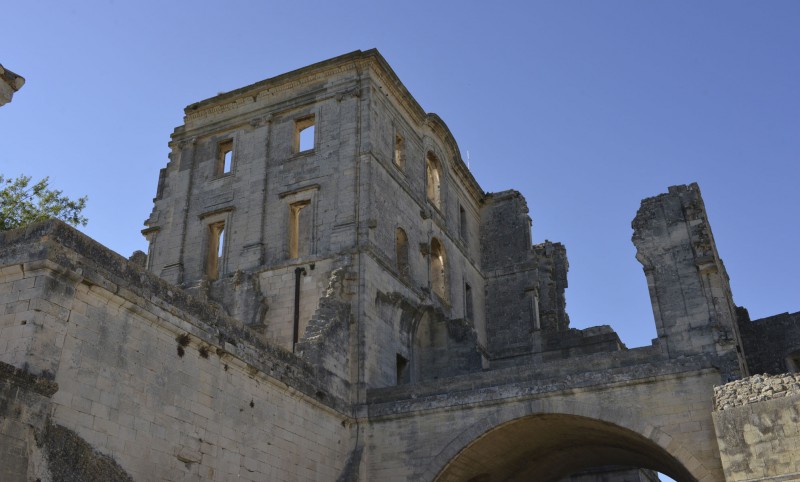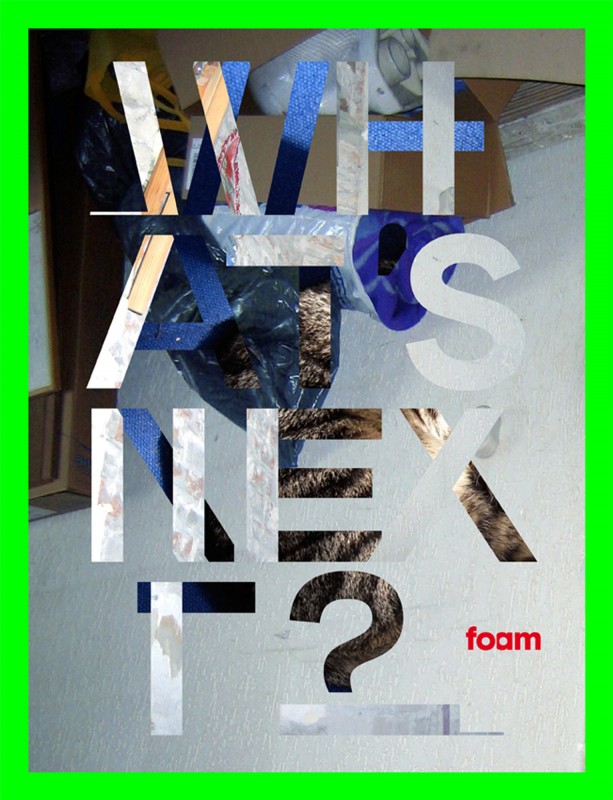Edition 2011
For the centre des monuments nationaux
Nicolas Guilbert. Animonuments
A sentimental journey across France
Nicolas Guilbert, a painter and photographer, has already explored the theme of animals in an urban context. He agrees to an invitation from the Museum of Hunting and Nature to revisit this endeavour, in the context of a partnership between the museum and the Centre des Monuments Nationaux. The two institutions are collaborating on a ‘Monuments and Animals’ initiative that will sponsor activities at sites run by the centre throughout the country.
Wandering over the course of many months, Nicolas Guilbert tracks in each site the unexpected presence of animals. He observes the way these uninvited guests succeed in appropriating the geography of memory. Guilbert brings back from his expedition a large number of ‘sou- venir-images’. He displays them flush with the wall, following the lead of the ‘print rooms’ that flourished in England in the XVIIIth century; the layout of these pieces appears to be the decorative consequence of the birth of tourism.
In those days young, aristocratic Britons crisscrossed Europe in order to refine their education through contact with items of classical culture. Their ‘Grand Tour’ engendered art collections, and in particular collections of prints and other engravings representing the sites visited. Brought home as souvenirs, these engravings were often displayed fastened directly to the walls of offices, within trompe-l’œil frames or as a form of wallpaper.
The appearance of a new literary genre, the travel narrative, was another consequence of this touristic phenomenon...
Parallel to the narration of scientific expeditions a subjective variant appeared, the ‘sentimental journey’; it was a format that the writer Laurence Sterne delighted in parodying. Nicolas Guilbert offers us a contemporary interpretation; with humour and poetry he imagines a photographic travelogue of his voyage through the monuments of classical France.
Nicolas Guilbert, a painter and photographer, has already explored the theme of animals in an urban context. He agrees to an invitation from the Museum of Hunting and Nature to revisit this endeavour, in the context of a partnership between the museum and the Centre des Monuments Nationaux. The two institutions are collaborating on a ‘Monuments and Animals’ initiative that will sponsor activities at sites run by the centre throughout the country.Wandering over the course of many months, Nicolas Guilbert tracks in each site the unexpected presence of animals. He observes the way these uninvited guests succeed in appropriating the geography of memory. Guilbert brings back from his expedition a large number of ‘souvenir-images’. He displays them flush with the wall, following the lead of the ‘print rooms’ that flourished in England in the XVIIIth century; the layout of these pieces appears to be the decorative consequence of the birth of tourism. In those days young, aristocratic Britons crisscrossed Europe in order to refine their education through contact with items of classical culture. Their ‘Grand Tour’ engendered art collections, and in particular collections of prints and other engravings representing the sites visited. Brought home as souvenirs, these engravings were often displayed fastened directly to the walls of offices, within trompe-l’œil frames or as a form of wallpaper.The appearance of a new literary genre, the travel narrative, was another consequence of this touristic phenomenon... Parallel to the narration of scientific expeditions a subjective variant appeared, the ‘sentimental journey’; it was a format that the writer Laurence Sterne delighted in parodying. Nicolas Guilbert offers us a contemporary interpretation; with humour and poetry he imagines a photographic travelogue of his voyage through the monuments of classical France.
Prints by Janvier, Paris.
Exhibition venue: abbaye de Montmajour.
Prints by Janvier, Paris.Exhibition venue: abbaye de Montmajour.












